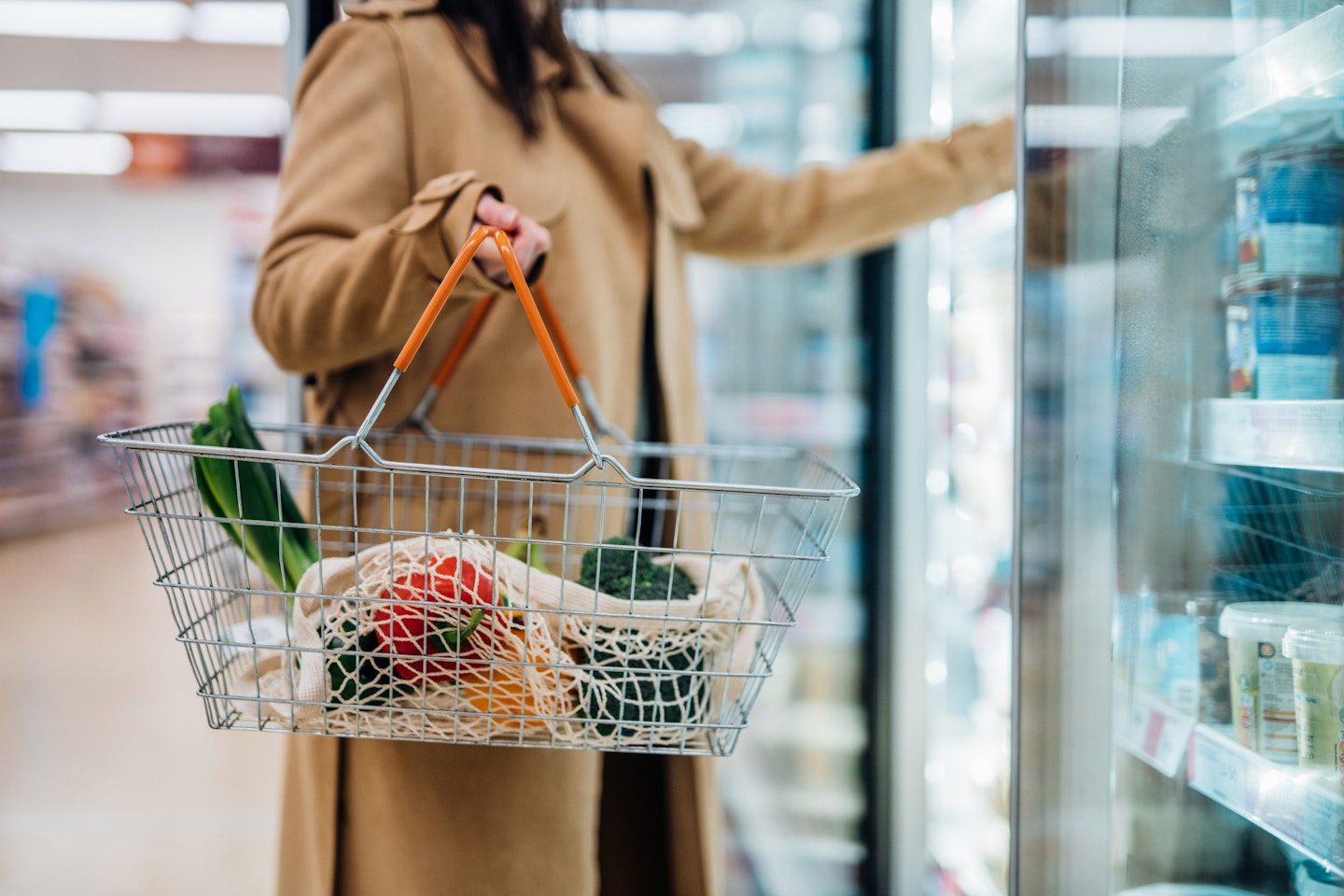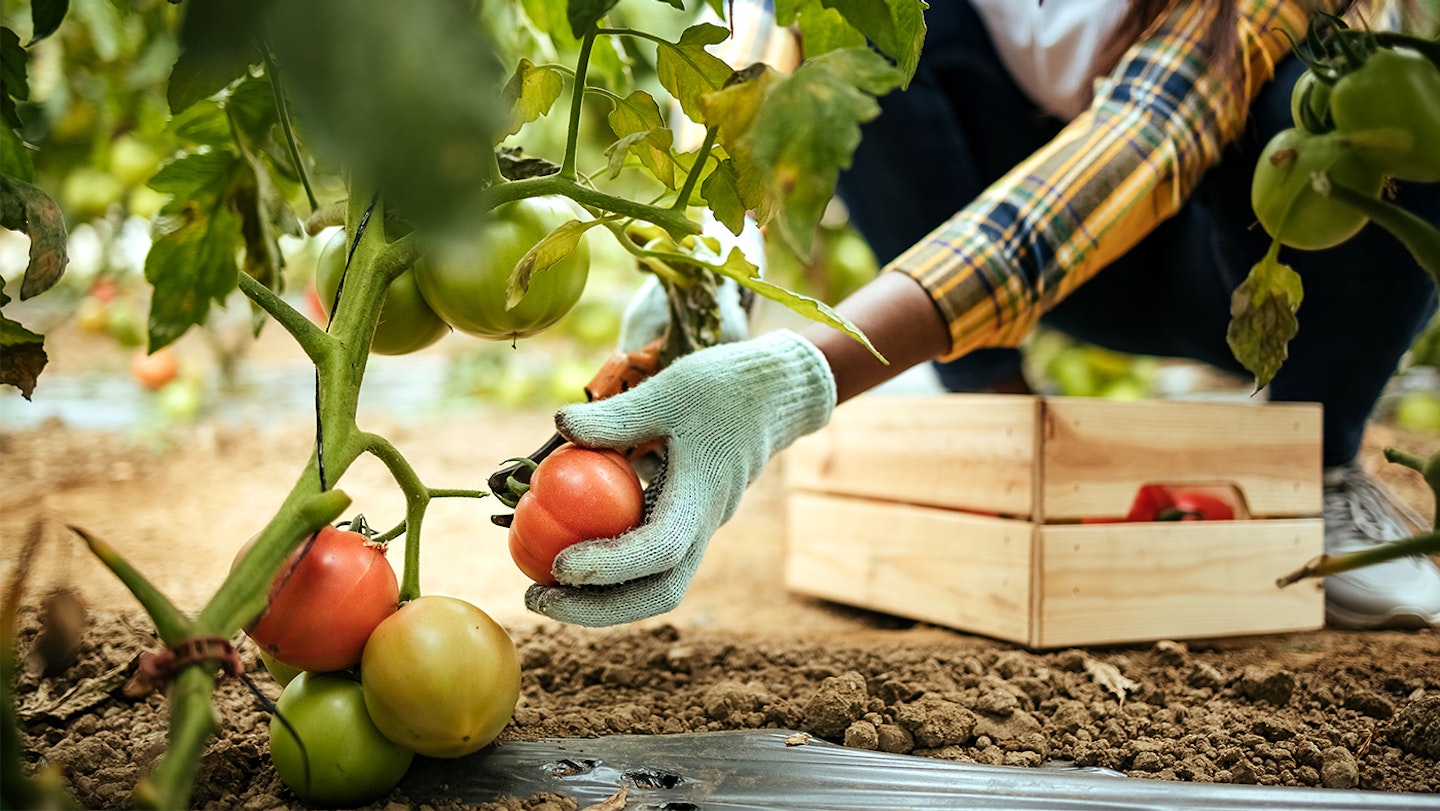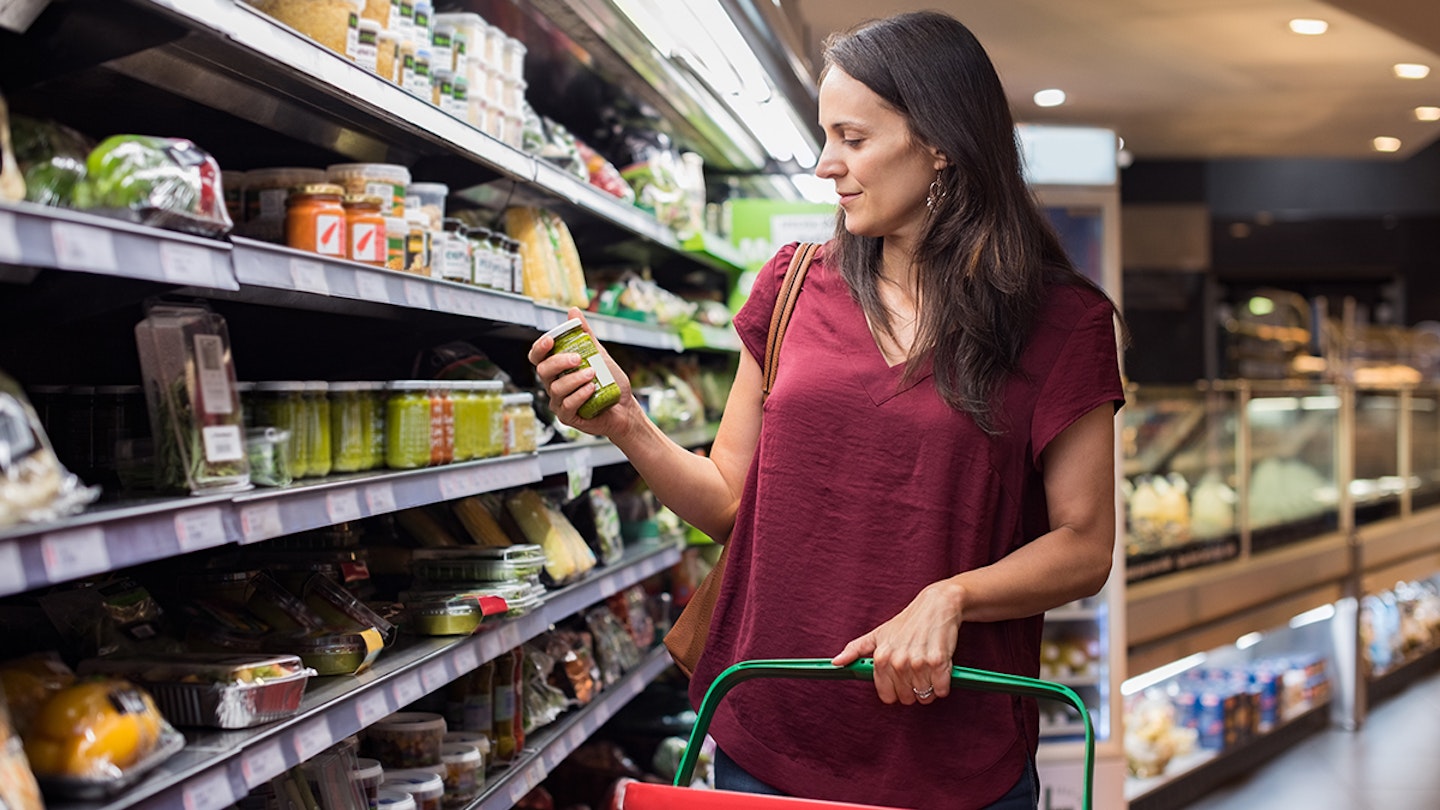With food prices having jumped around 25 per cent in the past few years, many of us have been conscious of how to beat price rises and the ways that we can save money on food.
That's why we've collated some handy advice on different ways, big and small to help you save some pennies because every little helps.
As well as saving money, many of our tips also help to reduce food waste. Because when dumped in landfill, food waste takes up precious space and produces gases that are contributing to global warming.
How to save money on food

1. Save the date
Once you’ve got your shopping home, adjust your meal schedule to use up the foods that will go off first. Don’t forget ‘Best-before’ indicates how fresh a product is, rather than whether it’s safe to eat. Many foods are relatively safe to eat a little past this date. ‘Use-by’ dates, however, shouldn’t be ignored. You can’t smell or taste the bacteria that cause food poisoning – so don’t take the risk.
2. Make your portions smaller
We all love a big plateful of food, but could you be eating more than you should be? You can help yourself stay in control of portion sizes by weighing out ingredients such as pasta and rice or alternatively, use a side plate for your meal rather than a dinner one. As well as helping you weight-wise, you'll have more leftovers the next day.
3. Pick veg over meat
You've probably noticed that meat and fish tend to be the most expensive food to buy whereas vegetables are cheaper. So why not try out a few veggie meals during the week to save some money? You can even give our delicious vegetarian recipes a go.
4. Use up leftovers
It is often cheaper to cook a bigger portion of dinner and then either have it the next day for lunch or freeze it for another time. It also means less cooking and effort for you!
5. Keep things cool

Storing food properly will keep it fresher for longer, meaning you won't need to spend money replacing ingredients. Your fridge should be set to below 5°C and be aware of where the coolest spots are.
Ready-to-eat food, including leftovers, should be kept on the top and middle shelves of the fridge, while meats should be on the colder bottom shelves. Veg, salad and fruit should go in the salad drawers. If you keep your milk in the fridge door and find it goes off quickly, try moving it to a cooler spot such as the middle shelf and don’t forget you can freeze most foods (including milk and cheese) at any time up to the use-by date.
6. Make veg go further
By peeling veg you could be missing some of the most nutritious parts. Vitamin C and niacin, the star ingredients in carrots, are found in more concentrated levels in the peel, while potato skins are high in fibre and rich in Vitamin K. Vegetable skins also help retain all those healthy nutrients when being cooked. If you really must peel your veg, be sure to freeze your peelings along with any veggie tops and tails from parsnips, onions and leeks. When you have enough they can be used to make homemade vegetable stock.
7. Buy cheaper cuts of meat
Although they can take a bit longer to cook, if you are a big meat eater, look at buying cheaper cuts of meat (such as braising steak, shin or shoulder).
8. Bulk buy
By purchasing non-perishable items in bulk, you can often take advantage of lower unit prices. This is especially cost-effective for staples like rice, pasta, beans, and canned goods.
9. Shop for seasonal produce
Choose fruits and vegetables that are in season, as they are often less expensive and better yet - more flavourful. Consider buying extra and freezing them for later use.
10. Skip the takeaway
Sorry, but you knew it was coming! Making your own meals from scratch is a lot cheaper than a takeaway plus much healthier as well.
Top to tail
• Use up the odds and ends you’ve always chopped off during meal prep
• Boil up orange and lemon peel in a sugar solution to make candied peel to use in baking.
• Roasted pumpkin seeds make a nutritious and delicious snack. Simply toss in a bowl with melted butter and salt and bake for 45 mins at 150°C/300°F/Gas Mark 2.
• Whizz up your carrot tops with olive oil, garlic and parmesan greens to make a quick carrot-top pesto.
Try this...
• The end slices of a loaf of bread make perfect mini pizza bases. Make a super-quick and cheap snack by piling toppings onto these thicker end slices – yum!
• Why not grate odd bits of cheddar and freeze, ready to mix with breadcrumbs for a savoury topping, or stir into mashed potatoes?
• Freeze in-date eggs for up to a year by cracking them into a jug, gently whisking them together and pouring them into individual muffin cases. once frozen, transfer them into a freezer bag.
• Use up fruit that’s past its best along with any almost out-of-date milk or yoghurts to make delicious fruit smoothies.

11. Don't be brand loyal
As much as you may love your Heinz beans or your Warburton's bread, it pays to opt for cheaper brands (such as supermarket own options) instead. Remember, there's not always much difference between value and premium ranges so it's well worth a try one week.
12. Sign up for a loyalty card
All of the major supermarkets have their own loyalty cards which are usually free to sign up for and offer great savings and vouchers on your weekly shop.
13. Choose frozen
It might take up a bit more room in your freezer but frozen fruit and vegetables are typically cheaper than fresh ones. They also come pre-chopped and are ready to use straight from the freezer.
14. Make a meal plan
Before you go food shopping, go through your fridge and cupboards and write out a weekly meal plan based on the ingredients you already have at home before adding any missing items onto a shopping list. Being prepared ahead of time means you won't waste money buying things you don't need or won't use. You'll also be able to make sure all the ingredients on your list get used.

15. Don't shop hungry
People who shop while hungry are more likely to spend money on high-fat and sugary snacks so make sure you have a full belly before you shop!
16. Consider going online
Shopping online means you can see how much you're spending as you shop and you (hopefully!) won't be as tempted by items you don't need. Many supermarkets offer incentives for first-time online shoppers, too.
17. Bag some yellow sticker shopping
The majority of supermarkets discount fresh groceries towards the end of the day and it's a great way of scooping some bargains. Just be sure to check the use-by dates.
18. Limit convenience foods
While we all know that pre-packaged foods and ready meals can be very convenient, they are often more expensive. Opt for whole ingredients and cook from scratch whenever possible. This not only saves money but can also be healthier too.
19. DIY snacks
Instead of buying pre-packaged snacks, why not make your own at home? This could include things like granola bars, trail mix and popcorn, which are often less expensive when prepared from basic ingredients.
20. Grow your own herbs and veggies
If you have the space available, why not think about growing your own herbs and vegetables? This not only saves money but will also provide fresh, home-grown produce for your meals.

Features & Reviews Editor Emily Gilbert has been a journalist since 2015 and has worked across a variety of specialist and lifestyle brands both in print and online. Specialising in travel content and product reviews, Emily is the first to know about all the exciting new releases, her favourite being gadgets for the home.
